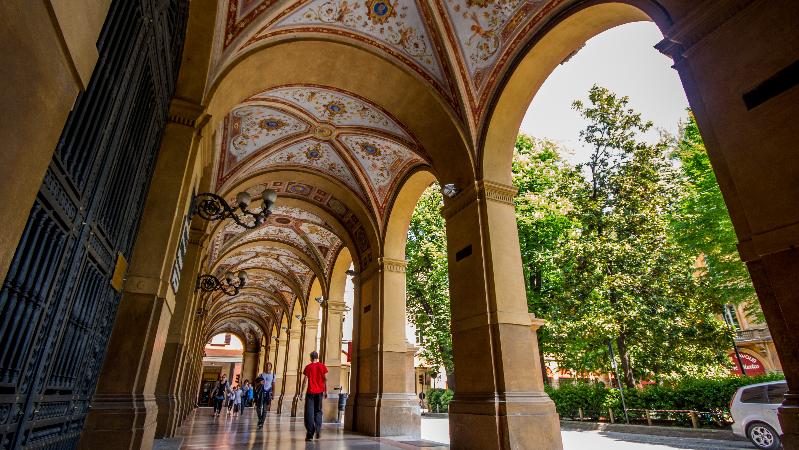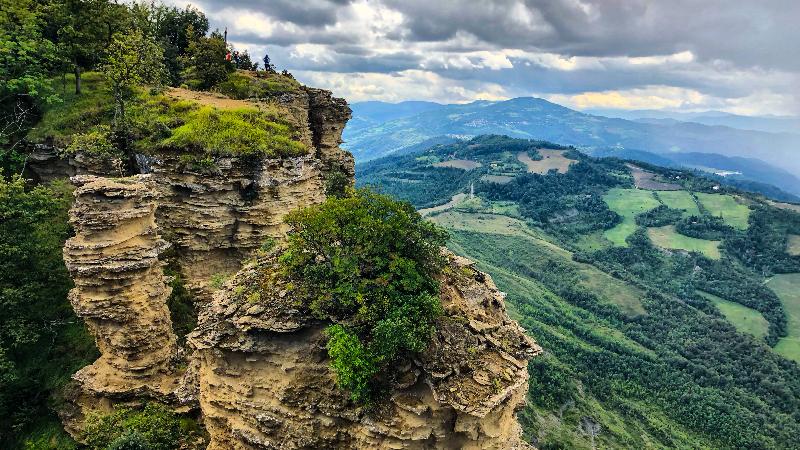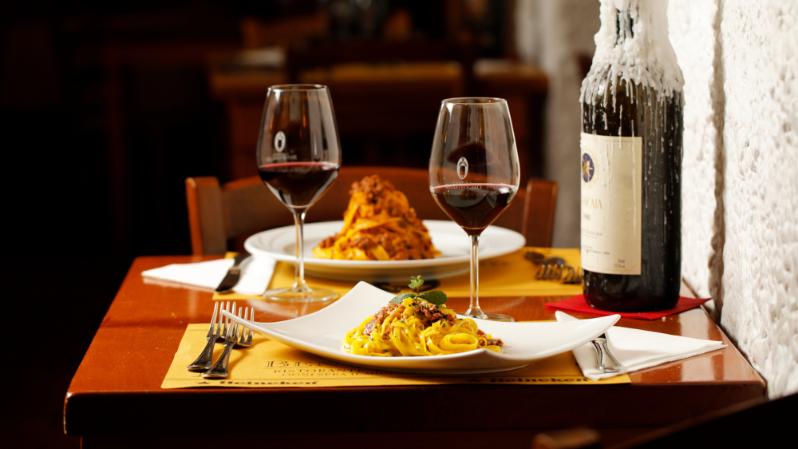Bologna
It embraces the first part of the valley del Ravone, a little stream which ends up in the Reno river just outside Bologna. Its name comes from the word "cavajàn", a native term meaning the corn shocks that recall the first planting of corn spread in this area . The name 'Cavaione' also stands for an old country house just out of the green area, in front of the main entrance. Today, the park where cultivated fields alternate with permanent meadows, offers scenic spots to stop for a picnic or stroll along the natural walking tracks. The vegetation offers a variety of plants outstanding fall coloration in spring time. The large grass fields are full of young people sunbathing, mostly on the west side of the park. Fields displace native shrubs and open woods. Numerous species of typical forest grasses grow, such as Turkey Oak, ash, hornbeam forest Carpino betuli-Quercetum, wild pear . The presence of three species of oak is an exceptional ecological peculiarity of this park : the Turkey Oak, usually on the elevated areas (above 600 m) but well adapted here, the Roverella (minor oak) more common in the hills , and the Holm oak, evergreen oak common in a typical Mediterranean climate. A considerable variety within the shrubs, including heather, juniper, dog rose (rosa canina) and hawthorn. Peculiar is the presence of a pond within the native plants, extremely rich in plant and animal species. Between the 60s and 70s the park has become a state ownernship, with its 38 hectares of land. Sources: I Giardini di Bologna, Biblioteca Salaborsa e www.comune.bologna.it/ambiente
Show moreMap
Parco Cavaioni
Via Cavaioni, 1 – 40136
Interests
- Nature & Landscape












